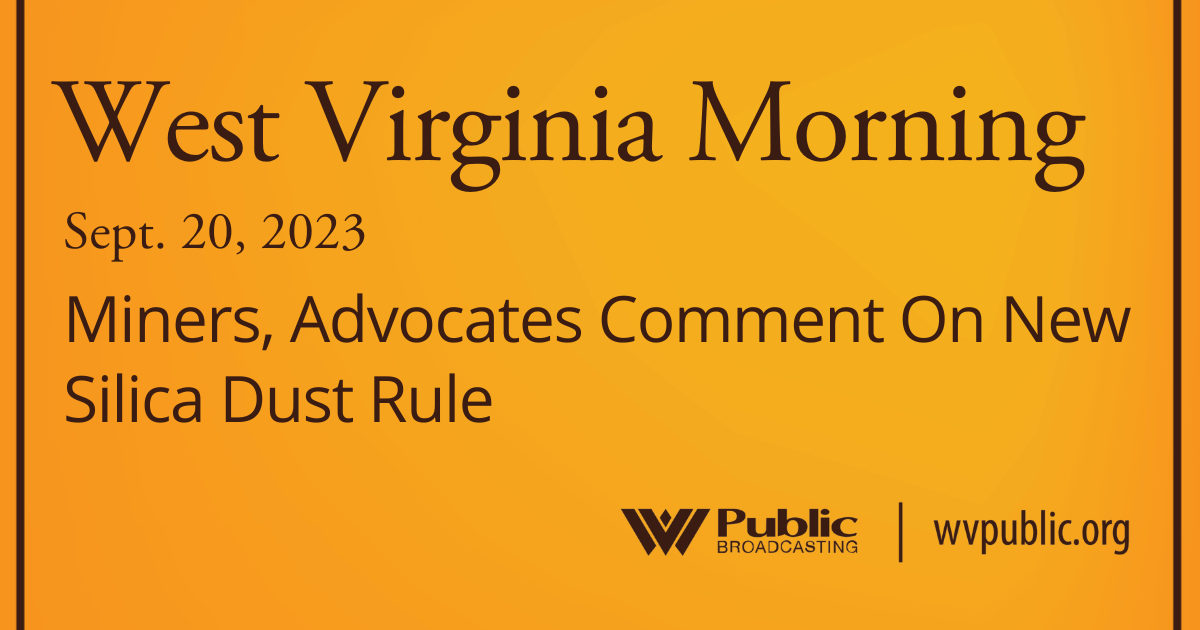The West Virginia Department of Education wants to gather data on K-12 students across the state, hoping to pinpoint where digital and broadband access is lacking. The hope is to use the data to highlight specific students’ needs when they are learning from home.
As more students must study online in the ongoing pandemic, such access is crucial and impacts families who live in areas without connectivity. The WVDE wants to assist this effort to find gaps and fix them.
“The broadband issues across the state, in regard to education, became glaringly aware to us in March when we had to go to remote learning,” said Tim Conzett, senior administrator with the Office of Data Management and Information Systems Directory at the state Department of Education.
West Virginia Board of Education members Wednesday heard an update on broadband in the state including on the new Kids Connect Initiative that created more than 1,000 WiFi hotspots statewide for K-12 and higher education students.
Officials discussed how they hope to expand this service as well as broadband as a whole. New technology, like high-flying balloons and satellites, and new partnerships, such as with Facebook, are coming, according to the agency. But officials also noted expanding is expensive and that point is exacerbated due to West Virginia’s geography.
“Most of our schools are fairly well suited for equity when they’re in the school,” Conzett said. “But it’s when they’re out of the schools that is the problem.”
Conzett told board members of a new proposal on data collection for digital equity. The proposal would collect data on all K-12 students in West Virginia to identify technology needs in homes and could guide future internet expansion in the state.
“One of the things that this could do for us is to help plot areas where we can see an impact and help perhaps direct some of the deployment of broadband moving in the future,” Conzett said.
This data would be tied to individual students, he explained, and would highlight which homes need more support – whether that’s with a device like an iPad or for broadband needs.
“If we have that kind of information, we can help in counties that are not yet quite to a one-to-one device situation that they provide for their students,” he said.
The data, according to Conzett, would be placed as dots on a map that would show where there are the greatest broadband challenges.
“If I’ve got students that don’t have internet access at home, and they show as dots, and that’s basically all it’s going to be is a dot, then I can see clusters, and where those clusters are, I can perhaps then provide that information to a provider to say, ‘hey, look, you’ve got 50 within X mile radius,’” Conzett said. “So, as far as equity is concerned, it’s more about the inequity that a student is seeing from a home use or a home perspective.”
One board member asked if the data collection could compromise individuals’ privacy.
“That is a good question,” Conzett answered. “Part of that has to be in the language and the communication that we provide. As far as the collection is concerned, again, it’s not a matter of ‘Student A does and Student B doesn’t,’ it’s a matter of being able to help provide guidance to provide the services for those students.”
Under the Student Data Accessibility Transparency and Accountability Act of 2014, the proposal is required to have a 60 day public comment period.
Residents can submit comments on the proposal on the West Virginia Department of Education’s website.
